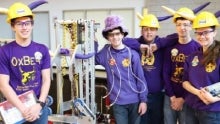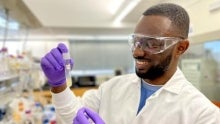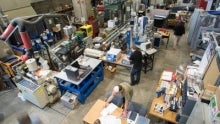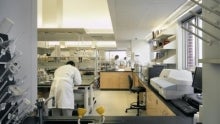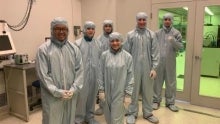Nearly 50 High School Teams To Compete in New York Tech Valley FIRST® Robotics Competition
Just shy of 50 teams of students from area high schools and around the world will compete at the 2024 New York Tech Valley FIRST ® Robotics Competition at MVP Arena March 22-23, 2024. Inventor Dean Kamen founded FIRST® (For Inspiration and Recognition of Science and Technology) in 1989 to inspire an appreciation of science and technology in young people. Rensselaer Polytechnic Institute hosted the first regional event in 2014 and has been a major sponsor ever since.

